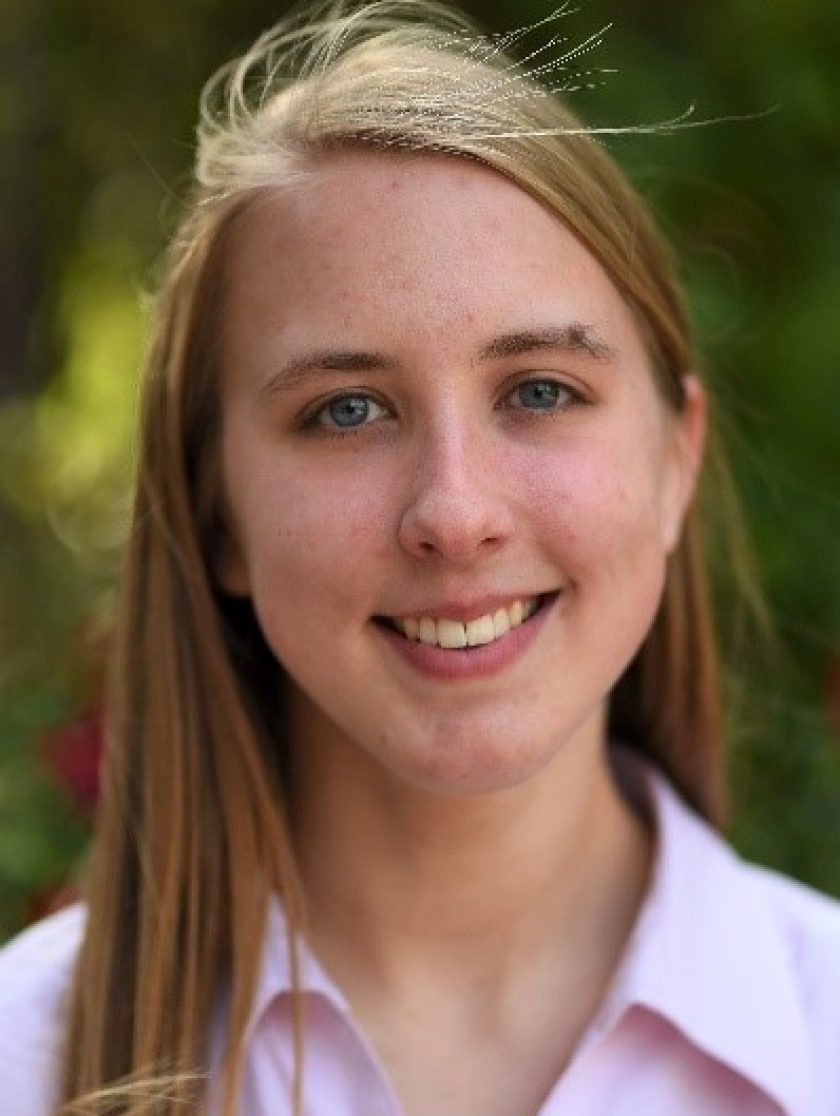Abstract
Computational imaging is a synergistic fusion of inverse theory, signal processing, and instrumentation that enables 2D-4D imaging at a quality, clarity, resolution, or spatial extent that is not possible with conventional imaging methods. Active research in multistatic radars and recent advances in onboard processing capabilities for smartphone cameras has opened the doors for computational imaging advances in the fields of environmental radar remote sensing and computational photography. Multistatic Radar Tomography is at the forefront of radar research since it brings the powerful diagnostic capabilities of Computational Tomography to radar for vegetation health monitoring, groundwater estimates for resource management, and glacier stability assessments to improve sea level rise predictions. Increased computational capabilities of smartphones enable innovations in adaptive imaging algorithms that are optimized on a per-person basis to deliver crisp focus and accurate tones. In both these electromagnetic imaging modalities, better results can be obtained with target-aware computational imaging methods, where the governing physics or properties of the person, object, or process being observed are integral to the inverse method, signal processing technique, and optimized design of the instrument. Overall, computational imaging is a powerful tool that can be used to tackle hard problems in environmental sensing and equitable imaging.
Bio
Nicole Bienert is currently a postdoctoral scholar at the University of California, researching drone-based soil moisture tomography under one of the world’s leading experts on soil moisture radar sensing, Mahta Moghaddam. Nicole previously developed equitable imaging algorithms at Google as a member of the Pixel team. Nicole received her Ph.D. in electrical engineering from Stanford University under Dustin Schroeder, a radar glaciology expert, where she researched Multistatic Radar Tomography for estimating englacial thermal distributions. Her work earned the 2020 IGARSS Prize Paper Award and an NSF Graduate Research Fellowship. Nicole spent time as a Visiting Graduate Researcher with the Jet Propulsion Laboratory, where she investigated beamforming for a CubeSat swarm sounder. Nicole received her B.S. degree (cum laude) in electrical engineering with a minor in physics from the Schreyer Honors College at The Pennsylvania State University. During undergraduate internships at the Jet Propulsion Laboratory, Nicole researched resonance radar imaging for estimating aquifer volume and developed an inflatable antenna to enable deep-space CubeSats.


